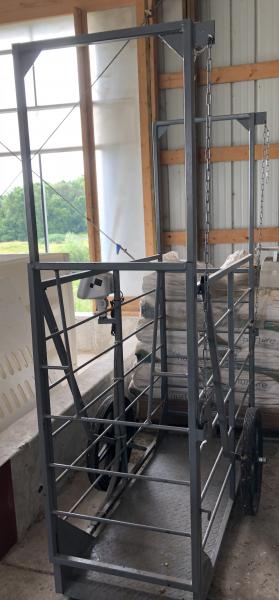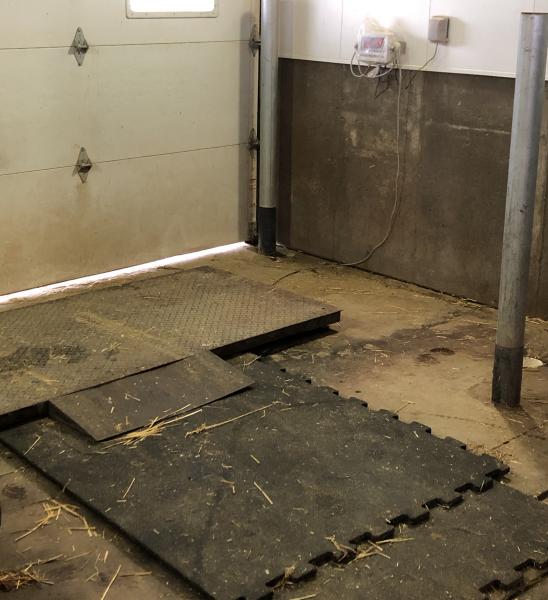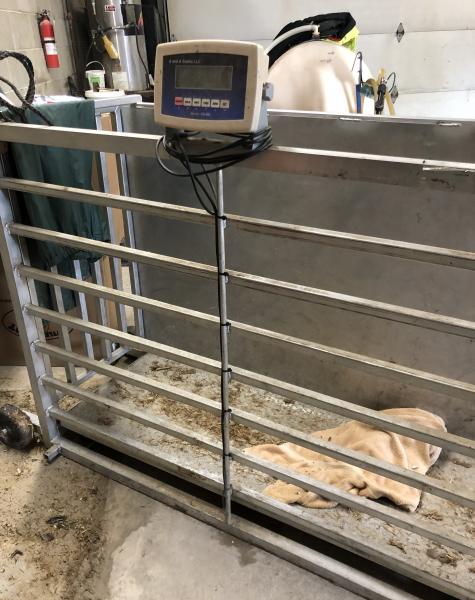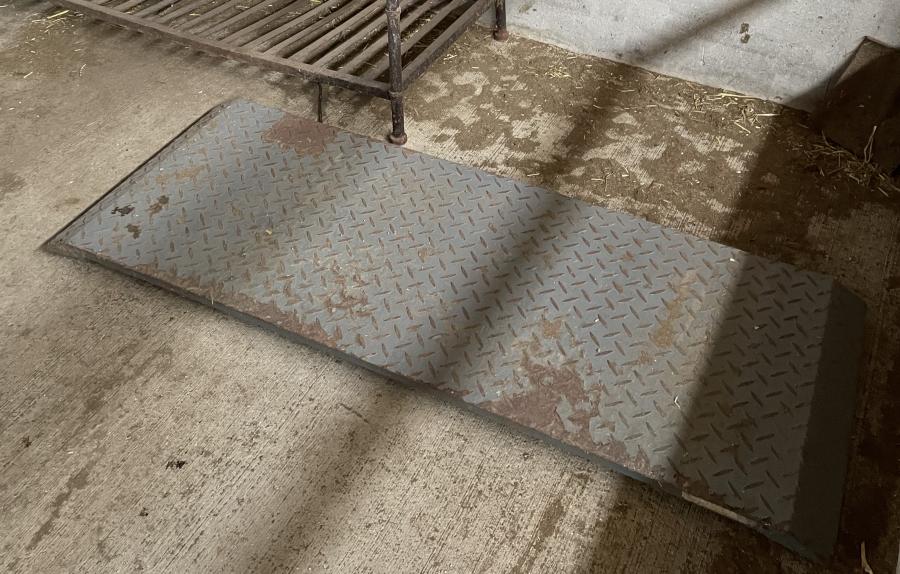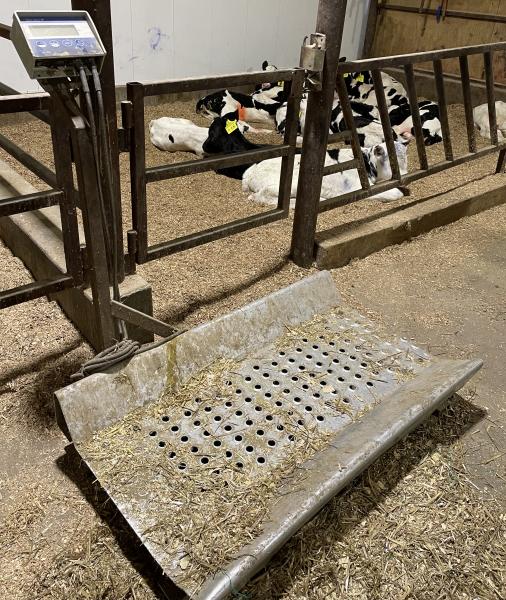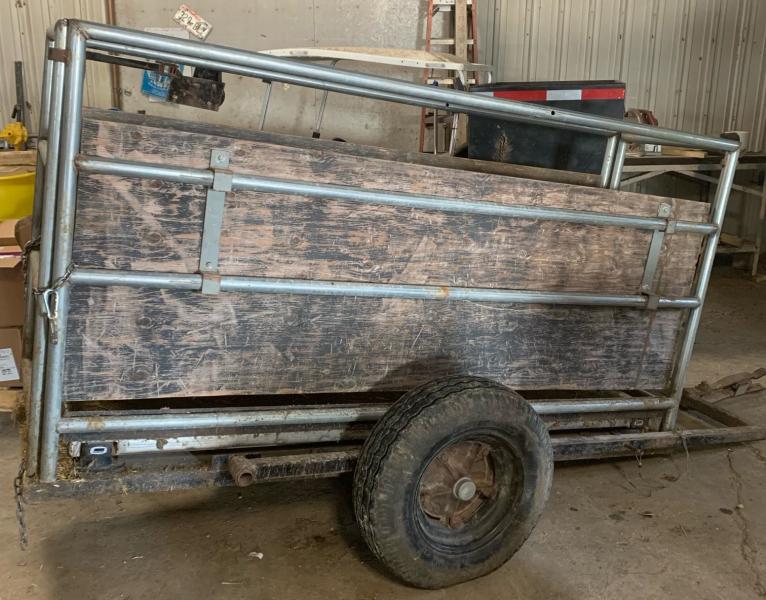
Calf care checklist: Scale options for calves, heifers and cows
 By Ann Hoskins, calf program manager
By Ann Hoskins, calf program manager
Weighing calves is important in benchmarking and evaluating calf performance. In addition to growth rates, weighing calves can help you determine your cost of gain, which is key information for your calf nutrition and management program.
Here are a few keys to successfully weighing calves:
- Be consistent in how you collect weights. Weigh calves at similar times of the day as gut fill can alter weights significantly. For example, when weighing newborns, weigh all calves before they are fed colostrum or weigh all calves after they are fed colostrum.
- Common times to weigh heifers/cows are at birth, weaning/transition, pre-breeding, post-calving in the first lactation, and at a mature bodyweight. This information can help you determine if you are hitting all your growth benchmarks.
Following are a few examples of how calves are weighed on farm. View the photos above for examples.
Birth
- Calf cart: Some calf carts used to transfer the calf from the calving pen have a built-in scale option.
- Platform scale: The calf can be set directly on to the platform to collect the weight. Another option is to put the calf in a cart or wheelbarrow and drive onto the platform.
Weaning
- Calf cart: The calf cart used for moving calves at birth could also be used at weaning and transition.
- Mobile scales: I have seen scales you can push like a wheelbarrow or attach to a skid-loader to weigh and move older animals. I have also seen scales that can be pulled behind a small tractor or UTV. With these scales, make sure the sides are high enough that animals cannot easily jump over the bars. Often, the animals can walk directly through the scale for ease of movement and safety of those weighing the calves.
Heifers
- Mobile scales: These scales are often easily moved with a skid-loader or small tractor and placed in a pen or sorting area where heifers are being moved. This works well if you need to process individual animals. The mobile option gives you the flexibility to weigh animals in various pens.
- Built-in scales: These are typically in a place where animals are sorted or processed, most often in a drover’s lane or in a specific work area.
Lactating animals
- Maternity area: Scales may be built into the base of where the colostrum is harvested or on the path to the milking stall.
- Parlor return: Scales may be built into the sort area off the parlor return lane. This makes for easy handling.
- Hospital area: Some farms install a platform scale under the vet stall or in the hospital area.
When considering scale options, critically think about animal flow and when and how you move animals. You want to make sure this process is easy on both the animals and the people weighing them.
| Category: |
Animal handling Equipment Facility design Starting Strong - Calf Care |


